

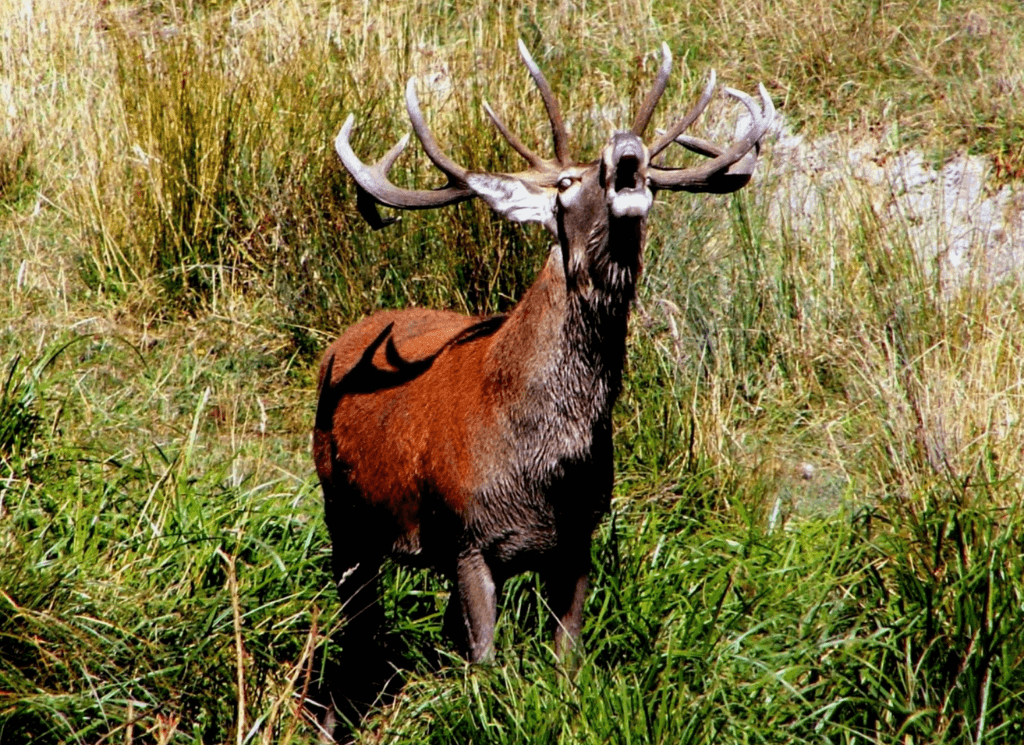
Hunting Experiences
29 March 2021
The red deer rut period is known in New Zealand as ‘the roar’, and it occurs annually in fall (autumn). This eagerly anticipated hunting event lasts three to four weeks, usually revving up in late March and petering out in mid to late April. The roar starts slowly with spasmodic bellows and becomes hectic as most stags get involved. Weeks later, the noise ebbs, and the stags drift away as spent forces. The red deer rut usually falls at about the same time as Easter break.
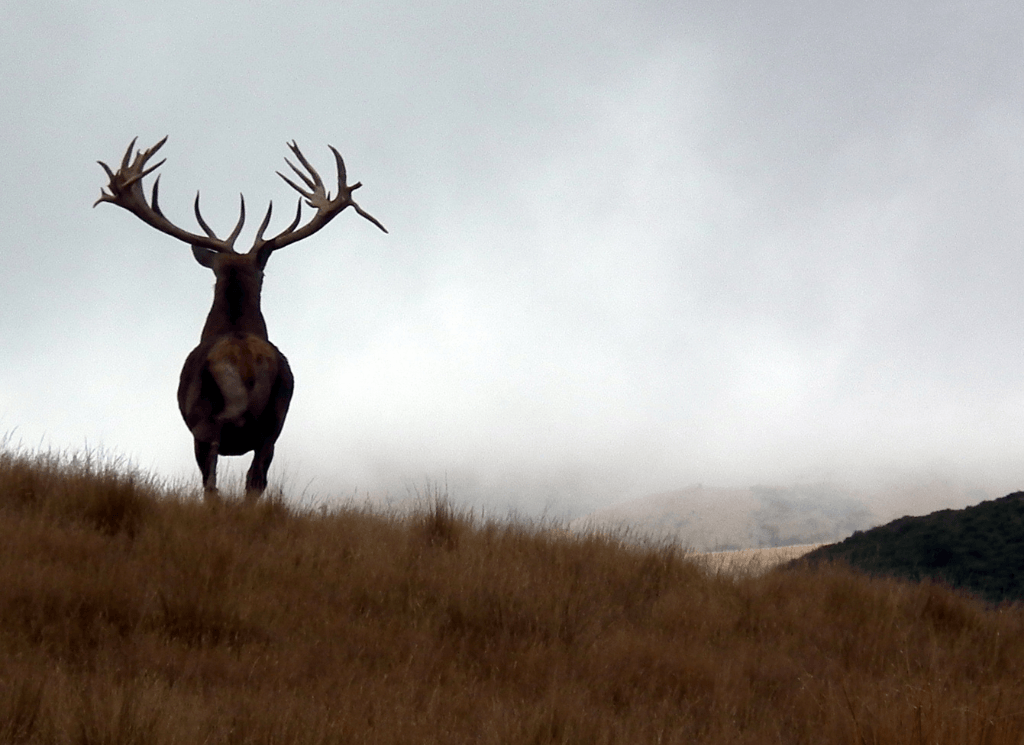
By early March, stag velvet has been stripped and hard antlers get colored up through rubbing and thrashing against local trees and shrubs. The stag groups have broken up as testosterone-driven individuals move to their rutting areas. Hierarchy established in the summer groups is important, as it prevents unnecessary fights as the pecking order is known when rutting stags meet. Young stags harry the hinds during the early stages of the roar, but the real action occurs when the mature stags appear and take center stage.
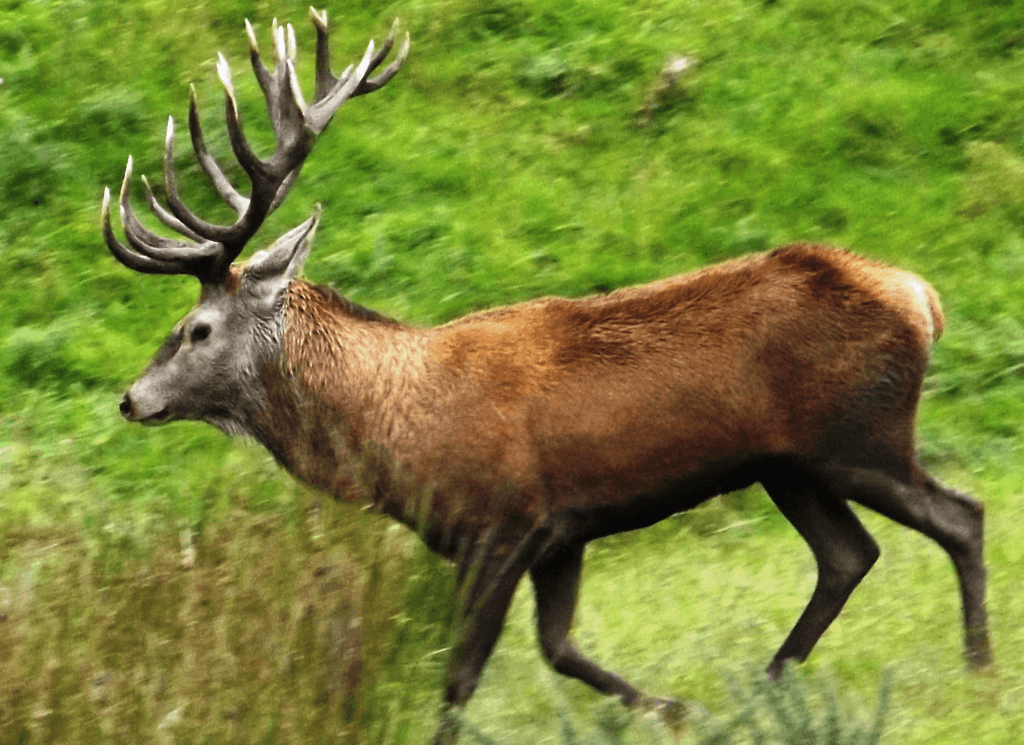
With their sharpened antlers fully grown out, it’s time for the mature stags’ roar. Lion-like guttural bellows and insistent growls and grunts will be heard in the hills. All stags are fuelled by a need to seek mating success. To be successful, mature stags have to compete aggressively to gain access to hinds for mating. A herd stag in full combative mode is an awesome sight. With enlarged neck muscles, solid white-tipped antlers, and displaying an agitated mood, he is both assertive and aggressive.
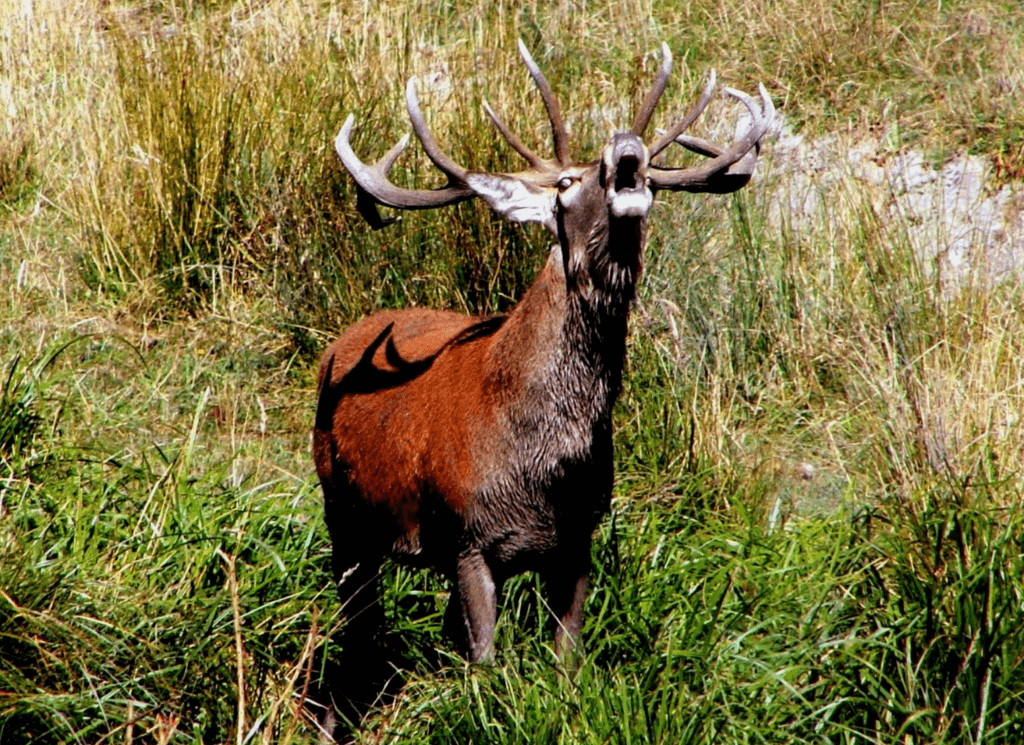
He roars constantly and has his own rutting territory and harem of hinds. He patrols, actively marking his scent on vegetation and in wallows, and he will confront rivals who come too close. He roams endlessly, seeking out and controlling receptive hinds, and chasing away young interlopers. During the peak roar time, a cold snap, heavy frost, or southerly storm is often the time when the stags really go ballistic.
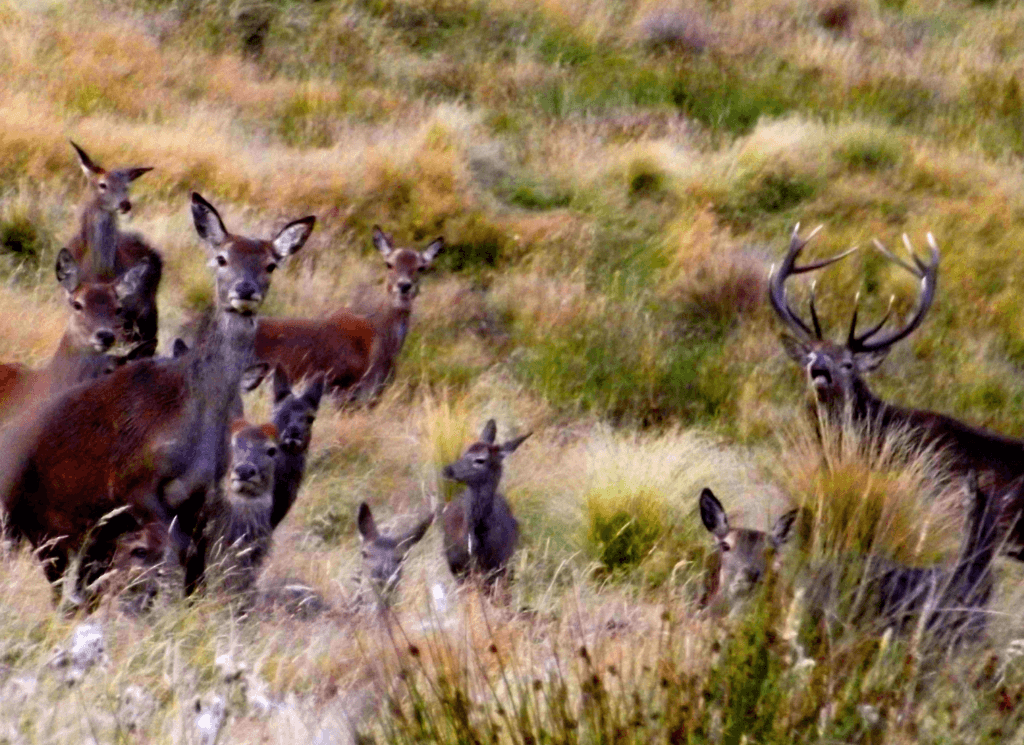
Young stags are chased away, but occasionally two evenly matched opponents will fight. They ‘parallel walk’ each other for some time, then, if that tactic doesn’t intimidate the opponent, they have a frontal antler onslaught to establish who is top dog. Most battles don’t last long as the stronger stag uses body weight to shunt his opponent backwards and roll him over. The defeated stag flees and goes off in search of a weaker herd stag.
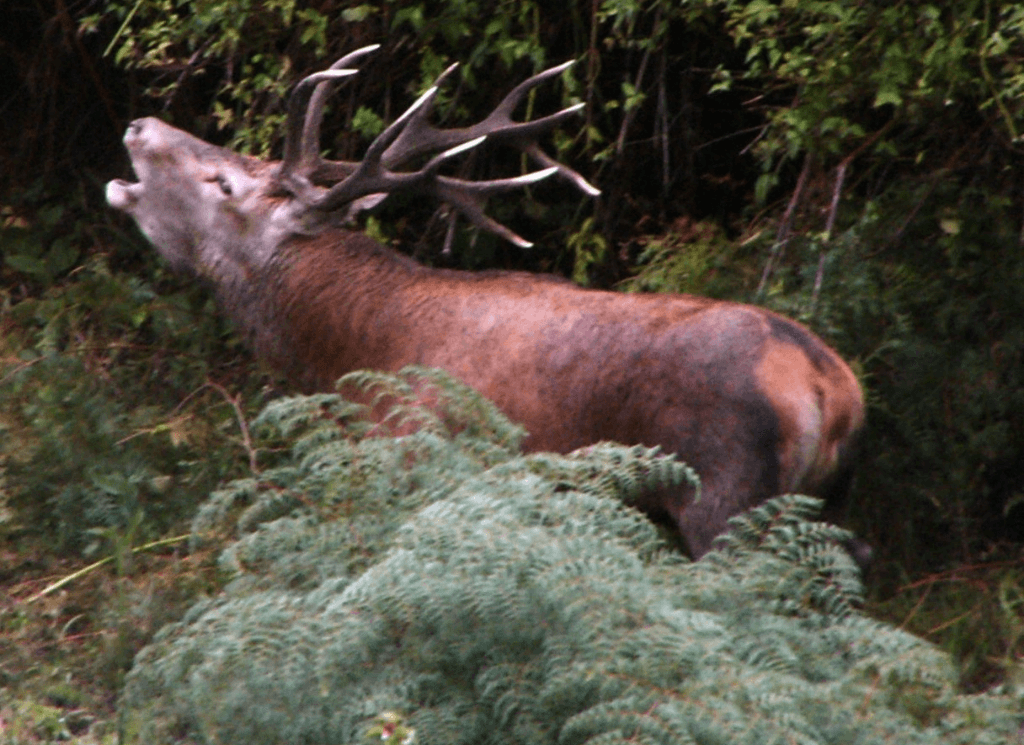
Over the roar, a dominant red stag is forever on the move. He may lose 30 to 40 per cent of his body weight and enter winter emaciated at worst, lean at best, and often carrying fighting wounds. Some perish due to being gored, or because of locked antlers, but for the majority, body condition will return in late winter and early spring. As testosterone levels decline, stags become mob mates again in late winter, until the mating urge comes calling again the following March.
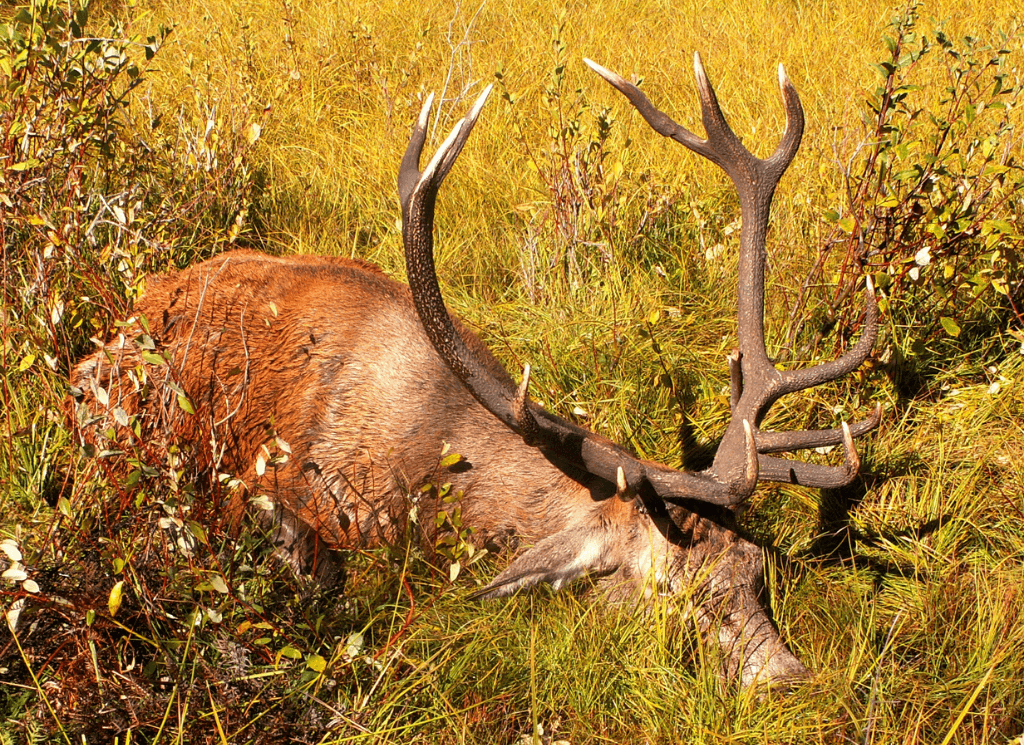
Want to ask a question about Poronui, personalise your vacation with bespoke itinerary options or find out about available dates?
Simply fill in your name and contact email address with a short message and we will get back to you.